
QantasLink has received its first of 14 mid-life Dash 8 Q400 planes from Canadian airline WestJet. The aircraft arrived in Australia last weekend after an epic six-day journey from Canada.
Currently, QantasLink operates three types of Dash 8s: the 200, Q300 and Q400 series. Over the coming years, the airline plans to phase out the smaller and older Dash 8-200 and Q300 turboprops, streamlining its Dash 8 fleet with the larger Q400s.
Contents
The first ex-WestJet Q400 touches down in Australia
The first of the ex-WestJet Dash 8 Q400s bound for QantasLink arrived in Brisbane on 8 December 2024. This 11 year-old aircraft previously flew for WestJet Encore as C-FENY. Its new Australian registration is VH-84A.
This plane had quite a fun journey flying from Canada to Australia over six days. In total, it stopped 10 times along the way in places including Iceland, Norway, Slovenia, Egypt, Oman, India and Indonesia!

This aircraft had to fly in an easterly direction because it would not have enough range to cross the Pacific Ocean, where there are no airports to refuel for well over 2,000 miles between the North American west coast and Hawaii.
At the time of writing, VH-84A was still at Brisbane Airport and had not yet entered commercial service for QantasLink.
What it’s like flying on an ex-WestJet Dash 8
I have previously flown on both QantasLink and WestJet Encore Q400s, and the experience is almost the same. The seats themselves are virtually identical, but there are a couple of subtle differences with the layout.

The main difference is that WestJet’s planes have an extra row, meaning there is a total of 78 Economy seats on board instead of 74.
QantasLink’s Q400 aircraft have a standard seat pitch of 31 inches, which is quite a decent amount of legroom for regional Economy Class. On WestJet, the seat pitch is 31 inches in rows 1-4. But in rows 5-20, there’s only 30 inches of pitch – meaning slightly less legroom.
WestJet’s seats in rows 1-3, which WestJet sold as “premium” seats, also recline. None of the seats recline on QantasLink’s original Dash 8s.

Qantas is adding Q400 service to Melbourne and Adelaide
For the last several years, Qantas’ Dash 8 services out of Melbourne and Adelaide were exclusively on Q300 aircraft. Qantas has now resumed operating Q400s on Melbourne services, starting in late November with the Melbourne-Mildura route. Flights from Melbourne to Devonport, Albury and Wagga Wagga are next in line for the larger aircraft.
Qantas will also resume Q400 flights out of Adelaide Airport in February 2025.
Our Favourite Business Cards for Qantas Points
- Card Name
- American Express Qantas Business Rewards
- Earn
- 1.25
- Signup Bonus
-
150,000 bonus Qantas Points + half annual Card fee of $225 (normally $450) in the first year*
Apply by 1st Jul 2025
- Annual Fee
- Half annual Card fee of $225 (normally $450) in the first year, and $450 p.a. ongoing plus up to 99 Employee Cards at no additional cost
- Read more
- View Offer
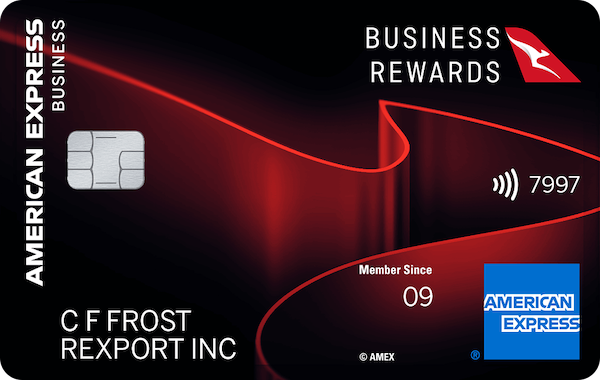
on everyday purchases
- Card Name
- American Express® Platinum Business Card
- Earn
- 2.25
- Signup Bonus
-
250,000 Membership Rewards Bonus Points*
Apply by 27th May 2025
- Annual Fee
- $875 in the first year (normally $1,750 p.a)*
- Read more
- View Offer
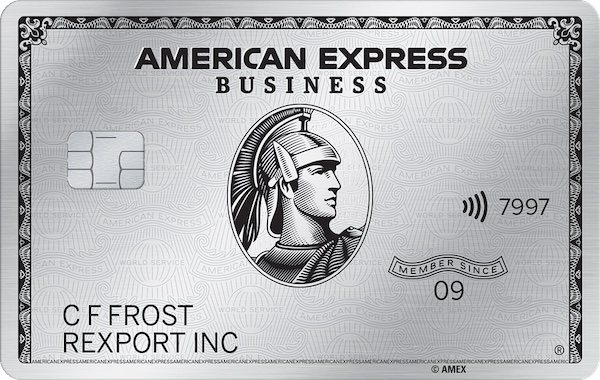
on everyday purchases
A younger, more efficient Dash 8 fleet
The 14 Q400s coming from WestJet will eventually replace QantasLink’s three Dash 8-200s, which will be sold to Skytrans, as well as its 16 Q300s. Although this will result in fewer Dash 8s in QantasLink’s fleet overall, the total number of seats will increase by around 20% because the new planes are larger than the ones they’re replacing.

The Dash 8 Q400 has a lower per-seat operating cost than the smaller variants. The Q400s are also younger, meaning they require less maintenance and will be able to continue flying further into the future.
QantasLink already had 31 Q400s in its fleet, with an average age of 15 years. WestJet’s average Q400 fleet age is less than nine years, and will replace 200 and Q300 series Dash 8s with an average age of 23 years.
“QantasLink turboprops carry more than 3.5 million customers to more than 50 destinations around regional Australia every year, and these next-generation aircraft allow us to improve the travel experience with a faster and more comfortable experience,” Qantas Group CEO Vanessa Hudson said.
“By consolidating our turboprops into a single fleet type, we’ll be able to further improve our reliability and provide a better recovery for our customers during disruptions as well as reducing complexity and cost for our operation.”
However, with fewer aircraft in the fleet, Qantas might have to reduce frequencies in the future on some regional routes currently served by Q300s. Even though the larger Q400s might increase capacity overall, services could run at fewer different times during the day. This has already happened, for example, on the Melbourne-Devonport route.


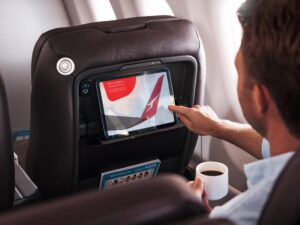
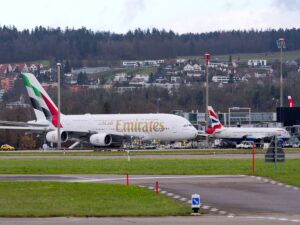


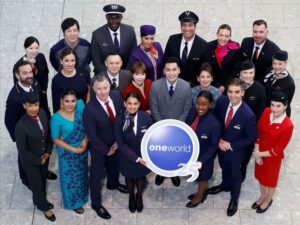
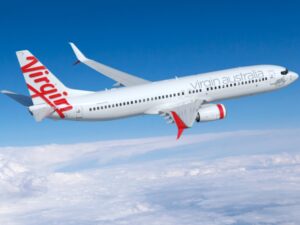

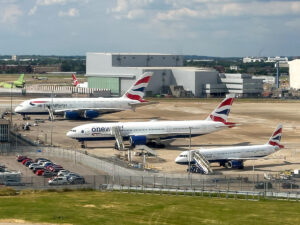




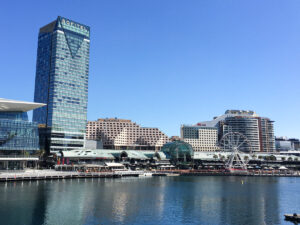













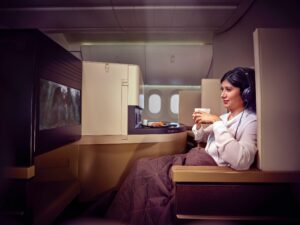

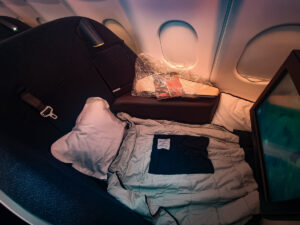
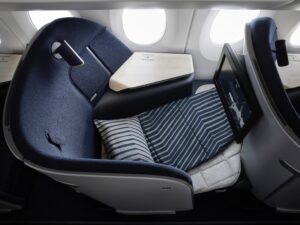

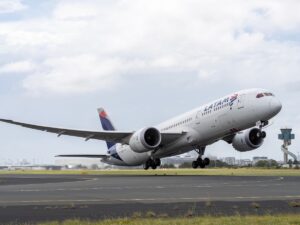
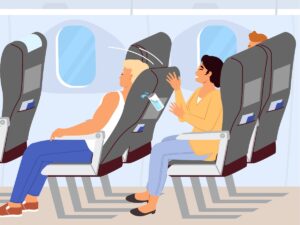

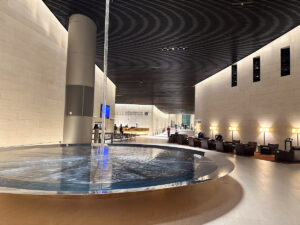
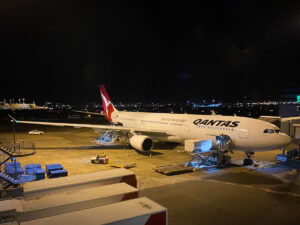




















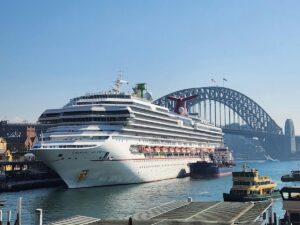



















Community Comments
Loading new replies...
Join the full discussion at the Australian Frequent Flyer →